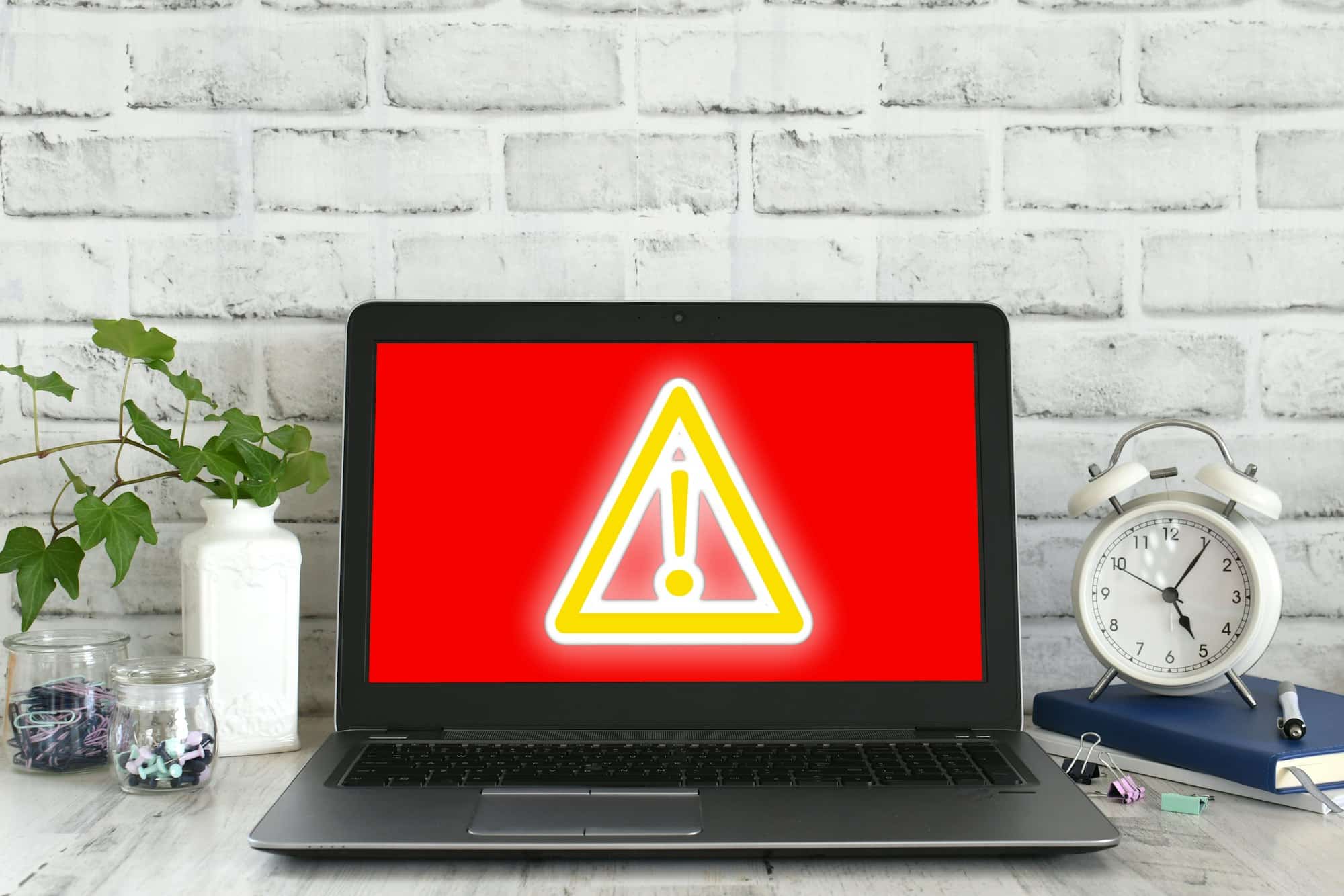In an era where digital transformation is the norm, securing communication between services has become a top priority. As you delve into gRPC (Google Remote Procedure Call), you will find it to be a high-performance and flexible framework for building efficient APIs. But with efficiency comes the necessity for stringent security measures. This article walks you through the best practices for securing communication between services using gRPC, ensuring that your client-server interactions are not just seamless but also safeguarded.
Understanding gRPC and Its Security Landscape
Before exploring the best practices, let’s start by understanding the security landscape of gRPC. Developed by Google, gRPC leverages protocol buffers for serializing structured data, making it extraordinarily efficient. Unlike traditional REST APIs, gRPC allows for real-time streaming and high-performance communication between microservices. This protocol is designed to work at scale, but it also presents unique security challenges that need addressing.
In parallel : What are the steps to set up a secure and scalable MariaDB cluster on Kubernetes?
When you’re dealing with gRPC services, you need to be aware of potential vulnerabilities. The good news is that gRPC offers multiple built-in features to bolster security, such as authentication, authorization, and encryption. However, to fully leverage these features, you must follow certain practices to ensure your gRPC API is as secure as possible.
Implement Robust Authentication and Authorization
Ensuring robust authentication and authorization mechanisms is critical for securing your gRPC communications. Authentication verifies the identity of a client or server, while authorization determines what an authenticated entity can do. Both are equally important.
Have you seen this : How do you implement OAuth 2.0 in a Spring Boot application for client credentials flow?
Authentication
gRPC supports various authentication methods such as OAuth2, JWT (JSON Web Tokens), and API keys. Implementing OAuth2 is a good start, especially if you’re already familiar with it from REST API practices. OAuth2 facilitates secure token-based access, requiring clients to present a token to access the service.
import grpc
from grpc_auth import get_token
# Example Code Snippet for OAuth2 Authentication
token = get_token()
credentials = grpc.access_token_call_credentials(token)
channel = grpc.secure_channel('localhost:50051', credentials)
# Secure gRPC Client Call
stub = my_service_pb2_grpc.MyServiceStub(channel)
response = stub.MyMethod(my_service_pb2.MyRequest())
Authorization
After authenticating the client, you need to define what actions the client can perform. Implement role-based access control (RBAC) to manage permissions. Define roles and their permissions in your proto files and enforce these rules in your gRPC code.
// Example Proto File for Authorization
service MyService {
rpc MyMethod (MyRequest) returns (MyResponse) {
option (google.api.http) = {
get: "/v1/myservice/mymethod"
additional_bindings {
post: "/v1/myservice/mymethod"
body: "*"
}
};
}
}
Leverage TLS/SSL for Data Encryption
Transport Layer Security (TLS) is a cornerstone in securing gRPC communication. By encrypting the data transmitted between the client and server, TLS ensures that sensitive information remains confidential and unaltered.
To implement TLS, you need a certificate and a private key. Self-signed certificates can be used for development purposes, but for production, you should rely on trusted Certificate Authorities (CAs).
import grpc
# Secure Channel with TLS
creds = grpc.ssl_channel_credentials(open('server.crt', 'rb').read())
channel = grpc.secure_channel('localhost:50051', creds)
# Secure gRPC Client Call
stub = my_service_pb2_grpc.MyServiceStub(channel)
response = stub.MyMethod(my_service_pb2.MyRequest())
Enabling TLS on the server side requires configuring the server with the appropriate certificates.
from concurrent import futures
import grpc
import my_service_pb2_grpc
def serve():
server = grpc.server(futures.ThreadPoolExecutor(max_workers=10))
my_service_pb2_grpc.add_MyServiceServicer_to_server(MyService(), server)
# Load SSL credentials
with open('server.key', 'rb') as f:
private_key = f.read()
with open('server.crt', 'rb') as f:
certificate_chain = f.read()
server_credentials = grpc.ssl_server_credentials(
[(private_key, certificate_chain)]
)
server.add_secure_port('[::]:50051', server_credentials)
server.start()
server.wait_for_termination()
if __name__ == "__main__":
serve()
Employ Proper API Security Practices
API security practices are critical for mitigating threats and vulnerabilities. Here are some guidelines tailored for gRPC:
Input Validation
Always validate input data. Even though gRPC protocol buffers are strongly typed, validation ensures that only acceptable data is processed. This reduces the risk of injection attacks and data corruption.
Rate Limiting
Implement rate limiting to control the number of requests a client can make. This helps to prevent abuse and reduces the risk of DDoS attacks. Consider using tools like Envoy, which provides built-in support for rate limiting.
Monitor and Log
Monitoring and logging are crucial for identifying security incidents. Use systems like Prometheus and Grafana for monitoring, and configure gRPC to log requests and responses for auditing.
import grpc
def log_interceptor(call_details, request):
# Example Logging Function
print(f"Received call: {call_details.method}")
return grpc.unary_unary_rpc_method_handler(request)
# Example gRPC server with logging
server = grpc.server(futures.ThreadPoolExecutor(max_workers=10), interceptors=(log_interceptor,))
Ensure Secure Code Practices
Following secure code practices is a fundamental aspect of securing your gRPC applications. Adhere to these guidelines to minimize security vulnerabilities:
Proper Exception Handling
Handle exceptions gracefully to ensure that your application does not expose sensitive information or crash unexpectedly. Always sanitize error messages before sending them to the client.
try:
response = stub.MyMethod(my_service_pb2.MyRequest())
except grpc.RpcError as e:
print(f"Error occurred: {e.details()}")
Code Reviews and Static Analysis
Conduct regular code reviews and use static analysis tools to identify and fix potential security issues. Tools like SonarQube can scan your code for vulnerabilities and enforce security standards.
Dependency Management
Keep your dependencies up to date. Use tools like Dependabot to automatically check for updates and patches for libraries you use in your gRPC services.
Load Balancing and Real-Time Security
Load balancing ensures that your gRPC services can handle high traffic without compromising performance or security. Implementing load balancing can protect against service outages and improve overall reliability.
Load Balancer with TLS
Use load balancers that support TLS termination to offload the encryption and decryption workload from your backend services. This setup allows you to scale your backend services while maintaining secure communication.
Secure Real-Time Communication
gRPC supports real-time streaming, which requires special attention to maintain security. Ensure that the streaming data is encrypted and that proper authentication and authorization mechanisms are in place to secure the stream.
# Example Secure gRPC Streaming Client
def my_method_stub(stub, request):
responses = stub.MyMethodStream(request)
for response in responses:
print(response)
# Client-side Streaming
channel = grpc.secure_channel('localhost:50051', grpc.ssl_channel_credentials())
stub = my_service_pb2_grpc.MyServiceStub(channel)
my_method_stub(stub, my_service_pb2.MyRequest())
Securing communication between services using gRPC involves a multi-faceted approach, encompassing authentication, authorization, encryption, and secure code practices. By implementing robust authentication and authorization, leveraging TLS/SSL for data encryption, adhering to proper API security practices, and maintaining secure real-time communication, you can significantly bolster the security of your gRPC services.
Security is an ongoing process. Continually monitor, review, and update your security measures to adapt to new threats and vulnerabilities. By following these best practices, you can ensure that your gRPC communications remain secure, reliable, and efficient in an ever-evolving digital landscape.











